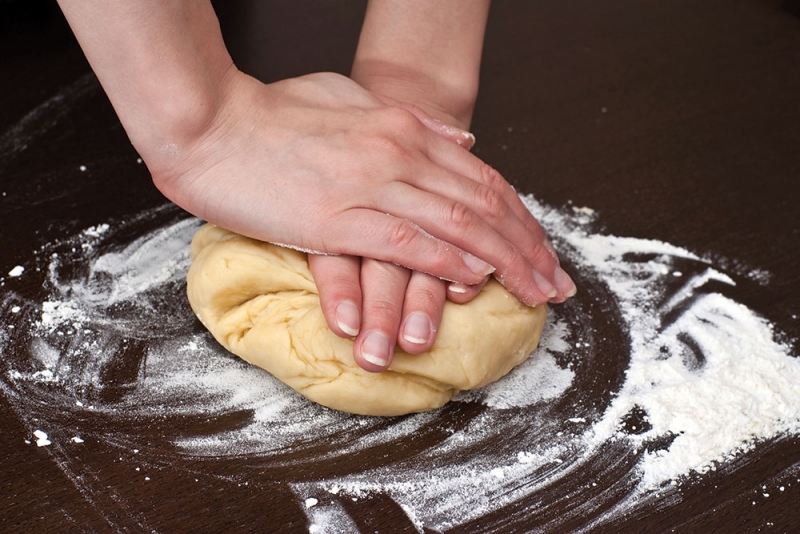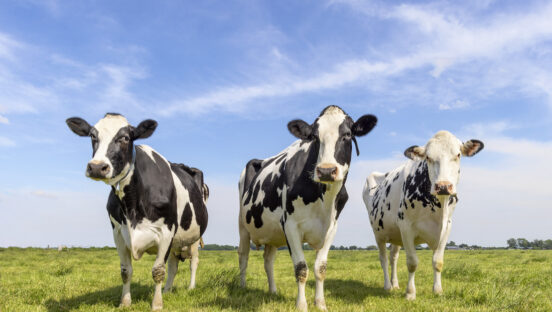QUESTION:
We use a hot press with a heated top and bottom to form our crusts/pizza skins. What are the best top and bottom temperatures for pressing our dough?
ANSWER:
The heat from the top and bottom press plates helps to relax the dough for improved pressing characteristics with somewhat reduced snap-back. It also imparts a thin skin to both the top and bottom surface of the dough piece. In cases where the dough skin will be pressed for immediate use, the bottom plate is normally heated to about 165°F, or just enough to warm the dough during the limited press/dwell time. The top die, meanwhile, should simply be adjusted to a temperature that allows for proper dough release—any higher top-die temperature serves little purpose. If the top die is too cold, the dough may stick to it when pressure is released, making it harder to remove the formed dough skin.
If the dough will be saved for later use, the top and bottom plate temperatures should be adjusted to provide enough skin development so the pressed dough pieces can be stacked without sticking together. That means you’ll want to increase the bottom plate’s temperature to around 200°F or slightly higher, with a dwell time of around five to seven seconds.
Since all doughs do not press the same, some experimenting may be needed to find the temperature that works best with your specific dough and application. Just keep in mind that hot pressing in any form does not constitute par-baking of the dough/crust. The yeast in the dough is still very much alive, and the pressed dough skins need to be refrigerated if they won’t be used immediately. If you’re planning to hold the skins for later use, place them on pizza screens in a wire tree rack in the cooler to allow them to thoroughly cool before stacking.
QUESTION:
How can I salvage blown or over-fermented dough?
ANSWER:
As long as your blown or over-fermented dough hasn’t reached the consistency of maple syrup, you can salvage it by adding it back into fresh dough. I’m not sure how much blown or over-fermented dough we’re talking about here, but, to be safe, you probably shouldn’t add it at a level of more than 15% of the weight of the new dough to which it’s being added.
There is no one best way to add the scrap dough into the fresh dough, but I’ve had success by tossing in pieces of the old stuff as the fresh dough is mixing, being careful to get all of the old dough into the mix no less than four minutes before the completion of mixing. This allows for good dispersion of the old dough while letting you monitor your mixer’s operation as it handles the additional burden of mixing the extra dough. Be careful not to overload the mixer and trip out the thermal overload switch.













